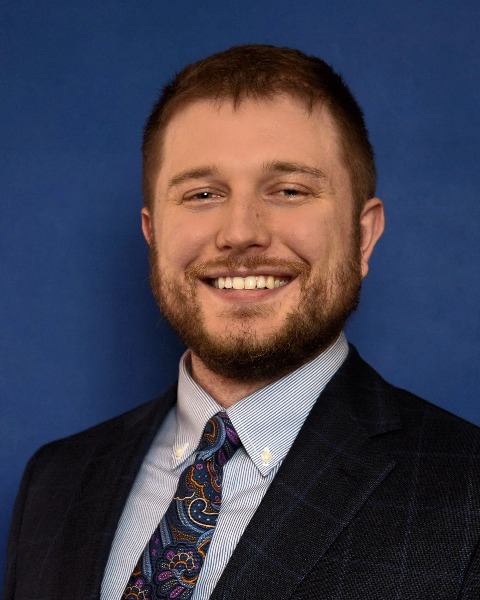Back
Forums
History of Urology Forum
HF02-03: Ancient Akkadian Sex- Impotence Rituals
Friday, May 13, 2022
1:00 PM – 1:30 PM
Location: Room 355
Tyler Bunting*, Michael Moran, Columbia, SC
Poster Presenter(s)
Introduction: The Akkadian dynasty following the first civilizations of Sumer saw the rise of written language on cuneiform clay tablets and is called the “cradle of civilization.” So, it is this source that our first true historical indications about health and disease are recorded. Impotence seems to have been mentioned at the very dawn in human history and is clearly associated with magic and witchcraft.
Methods: Much of the published writings on or about the ŠA.ZI.GA were sought as well as the history of medical practice in ancient Akkadia. Performed usually by the ashipu, or medicine man many cures were sought via medicaments and incantations. Cuneiform itself was discovered in the inscriptions of Persepolis from Renaissance visitors but were unreadable for centuries. The translation awaited the investigations of Henry Creeswicke Rawlinson, a British army officer who began the task of decipherment via the Behistun Inscription, though German school teacher Georg Grotefend noted in 1802 recurrent patterns.
Results: Shaziga-rituals (rising of the heart) were developed for the purpose of remedying impotence and at least 20 such rituals have been recorded from over 1,080 medical texts recovered. Most combine incantations to gods and wise beings in addition to applications of powerful ointments and/or drinks.
Conclusions: Two ancient incantations for impotence are included:
én: Let the wind blow (lillik)! Let the grove move (linuš).
Let the clouds gather (lištak?ir)! Let the moisture fall (littuk)!
Let my potency be (lu) flowing river water!
Let my penis be (lu) a (taut) harp string
So that it will not slip out of her!
én: O Adad, canal inspector of heaven, son of Anu,
Who gives oracular decisions for all people, the protector of land,
At your supreme command which cannot be opposed,
And your faithful affirmation which cannot be altered,
May NN son NN, become stiff (limgug) for NN, daughter of NN,
may he come into contact with (lim?a?), mount (lirkab), and
penetrate (lišerib) (her)!
Sexual practice and pathology were being sought at the very opening of historical times in medicine, especially in sexual medicine.
Source of Funding: None
Methods: Much of the published writings on or about the ŠA.ZI.GA were sought as well as the history of medical practice in ancient Akkadia. Performed usually by the ashipu, or medicine man many cures were sought via medicaments and incantations. Cuneiform itself was discovered in the inscriptions of Persepolis from Renaissance visitors but were unreadable for centuries. The translation awaited the investigations of Henry Creeswicke Rawlinson, a British army officer who began the task of decipherment via the Behistun Inscription, though German school teacher Georg Grotefend noted in 1802 recurrent patterns.
Results: Shaziga-rituals (rising of the heart) were developed for the purpose of remedying impotence and at least 20 such rituals have been recorded from over 1,080 medical texts recovered. Most combine incantations to gods and wise beings in addition to applications of powerful ointments and/or drinks.
Conclusions: Two ancient incantations for impotence are included:
én: Let the wind blow (lillik)! Let the grove move (linuš).
Let the clouds gather (lištak?ir)! Let the moisture fall (littuk)!
Let my potency be (lu) flowing river water!
Let my penis be (lu) a (taut) harp string
So that it will not slip out of her!
én: O Adad, canal inspector of heaven, son of Anu,
Who gives oracular decisions for all people, the protector of land,
At your supreme command which cannot be opposed,
And your faithful affirmation which cannot be altered,
May NN son NN, become stiff (limgug) for NN, daughter of NN,
may he come into contact with (lim?a?), mount (lirkab), and
penetrate (lišerib) (her)!
Sexual practice and pathology were being sought at the very opening of historical times in medicine, especially in sexual medicine.
Source of Funding: None

.jpg)
.jpg)
